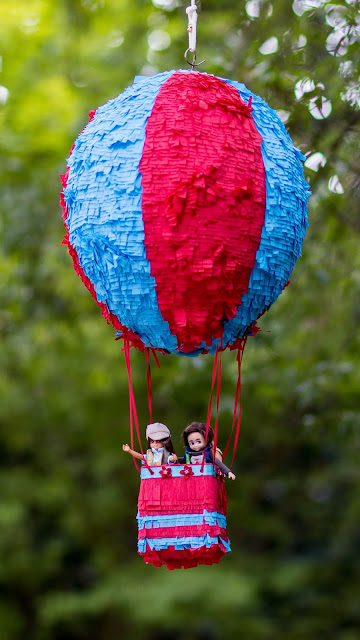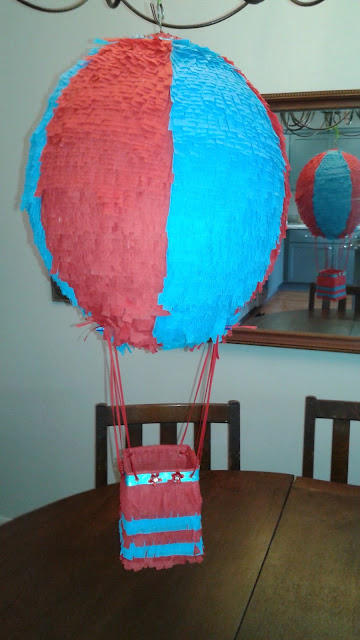 |
| Pasta with homemade pesto & homegrown parsley & tomatoes |
Adam adds arugula to his pesto, and I have done that, too, as well as making an all-arugula pesto. The last time I made arugula pesto, however, the pesto was so bitter that I threw it out. Perhaps the leaves had been too old and tough, or maybe I need to do what Adam does: include a small portion of arugula and a larger portion of basil in the recipe (Adam also substitutes spinach for the smaller portion of arugula).
What is the best thing about gardening? Is it the winter planning, the leafing through gardening catalogs or, these days, scrolling online through gardening and seed source websites? Is it watching those first seedlings magically appear? Or going out every morning to check on the ripeness of tomatoes? Or is it harvesting the produce, eating it fresh, or canning it for later?
This past weekend, in the middle of tomato canning, Tom said, "I love doing this!" The tomato canning continues over weeks as tomatoes ripen on the vines in the big garden and in the greenhouse. We grew a lot of yellow tomatoes this summer (Lemon Boy, Golden Jubilee, Big Rainbow) that Tom canned separately from the red tomatoes.
 |
| On the left, Tom's canned tomatoes; on the right, his canned beets |
 |
| a bunch of grapes on our grapevine |
 |
| more grapes than apples this year (late freeze killed the apple blossoms) |
 |
| an anxious harvest before a freeze |
 |
| a tomato galette I made with Sungold and Indigo Ruby tomatoes |
 |
| The tomato mix (green tomatoes, red and green peppers, onion, pickling and canning salt) stands in the fridge overnight. Then the mixture is drained before cooking it with spices. |
 |
| a small batch of chow chow |
After the next round or two of tomato canning, it will be time to clear the garden in preparation for next year. I will then clean out the chicken pen, raking up all the straw, chicken crap, and vegetable matter remaining from the scraps I and my neighbor have thrown to the chickens this summer. I'll fill up a wheelbarrow with the yard waste as well as the waste from inside the henhouse and spread it all on the garden. Winter's snow will pack it down, and in the spring, Tom and I will dig the composted chicken waste into the soil to feed another summer garden.
I still have a few herbs I hope to dry for the winter, and then my gardening for this year will be done. But our firewood gathering for the winter has just begun.













































